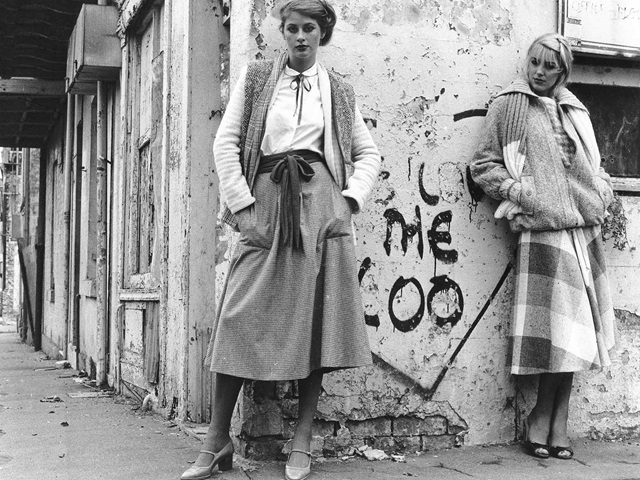History of Joynton Park
This park is named after Sir James John Joynton Smith, hotelier, newspaper proprietor and racecourse owner, who made a fortune from the pastimes of the people.

The park sits between Gadigal Avenue and Victoria Park Parade, Zetland.
The site was originally the Waterloo Swamp, part of a chain of wetlands which spread from Botany Bay north to Redfern. It was drained in 1906 by digging a trench from the site to Shea’s Creek which caused the water to drain away to Botany Bay and left 2-3m of natural peat, contrasting to the surrounding sandhills.
The park is named after Sir James John Joynton Smith, hotelier, newspaper proprietor and racecourse owner, who made a fortune from "the pastimes of the people". His hotels included the Carlton Hotel in the city, the Imperial Hotel at Mount Victoria and the Carrington Hotel at Katoomba. Joynton Smith was president of the NSW Rugby League from 1910 to 1928 and patron from 1929 to 43. Among his many other achievements were serving as Sydney Lord Mayor in 1918 and as an MLC from 1912 to 1934. He founded Smith’s Weekly newspaper in 1919 and backed Sydney’s first radio station in 1923.
He renovated the racecourse in Glebe which later became Harold Park, and after draining this site opened the Victoria Park racecourse here which operated from 1908 to 1944.
As a privately owned racecourse it featured pony races which had larger fields and shorter distances than those at racecourses operated by racing clubs. As a result the races here had more exciting finishes and better odds for gamblers. It featured the first ladies conveniences, or rest rooms, of any course in Australia, and the totalisator or ‘tote’ mechanically calculated the betting pool rather than relying on the judgement of bookmakers. Part of the racecourse grandstand is now the balcony of Joynton Smith’s Carrington Hotel in Katoomba. Victoria Park was also the site of one of Australia’s earliest powered plane flights by Colin Defries in 1909.
After the racecourse closed the British Motor Corporation factory was built here in 1950 and manufactured Morris, Austin and Wolseley cars as well as the famous Leyland P76 until it closed in 1975. This park was formed at the time of the residential subdivision of the Victoria Park site in the 1990s.
Further reading
Erik Nielsen, ‘A Course of Action: working class sporting culture at Victoria Park racecourse between 1908 and 1943’, in Grace Karskens and Melita Rogowsky (eds), “Histories of Green Square”, Sydney, 2004.



